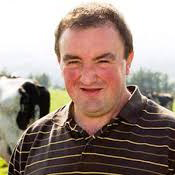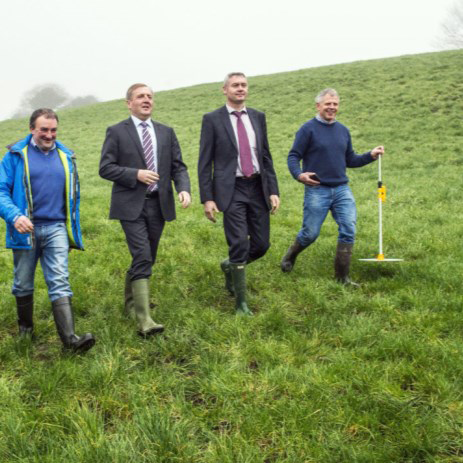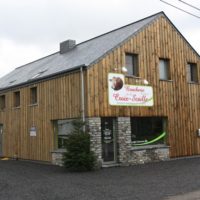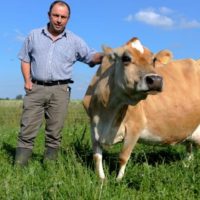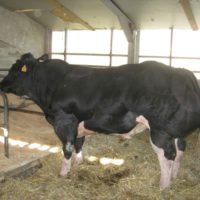Grazing with monocultures and mixtures
Description
- Grazing monoculture swards
- Focusing on higher production and lower costs
- Sowing monocultures in an effort to increase grass production per hectare
- Annual tonnage of grass increasing
- Good quality grass
- Some varieties are performing better than others
- Increase in grass being grown per hectare
- More milk being sold from grass
- Research in Teagasc Moorepark
Reason for the innovation
Produce more milk from grass
- Increase in grass being produced per hectare
- Some varieties are performing better than others
- Reseeding monocultures
Farm description
Environment
- Climate: Temperate Oceanic Climate
- Area: 74ha Grassland
- Stocking rate: 2.1LU/Ha
- Main animal type: Dairy
- Soil type: Sandy
- Altitude: Variation across the farm
- Slope: Variation across the farm
Grassland management
- Grazing: Yes
- Grazing management type: Rotational grazing
Structure
- Permanent grassland area (ha): 74
- Farm type: Dairy farm
- Breed: Fr
Animal performance
- Average stocking rate (agriculture area) (LU/ha UAA): 2.1
- Milk production per head: (l/year/dairy animal) 5600
- Grassland management type: Rotational
- Length of grazing period: 280 days
- Fertilization rate (kg N/ha): 240
Why it is working
- Sowing monocultures in an effort to increase grass production per hectare
- Increase in grass being produced per hectare
- More milk being sold from grass
- Reseeding monocultures
- Research in Teagasc
- Pasturebase Ireland
Additional information
| Farming system | conventional farming |
|---|---|
| Domains of innovation | farm system, forage mixture, grazing management system |
| Main types of animal | dairy cattle |
| Country | Ireland |
| Product type | Farmer portrait |
| Language | English |
